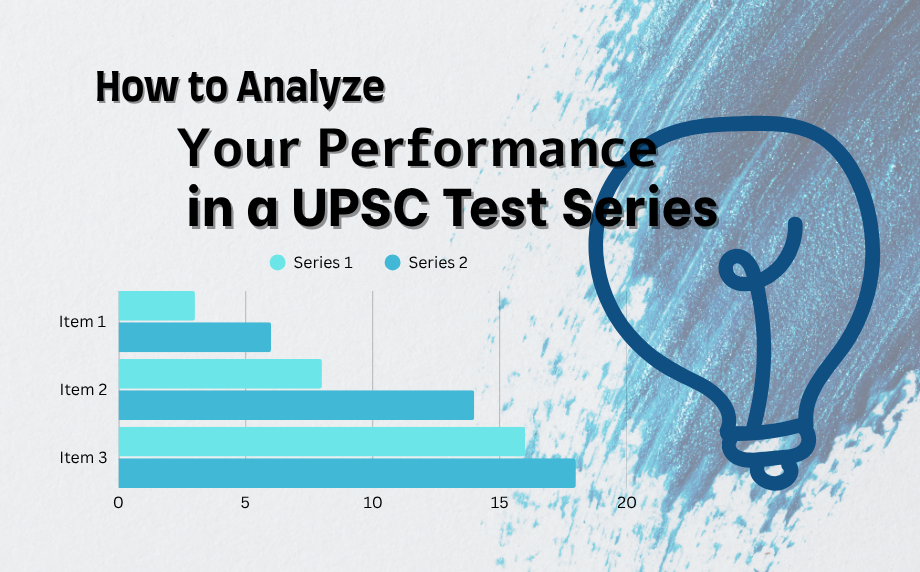Preparing for the CAT (Common Admission Test) is a challenging and demanding journey that necessitates not just hard work but also smart work, The current trend of online learning platforms has provided the CAT aspirants, with online mock test series that are designed to imitate the conditions of the real test. Such tests are instrumental in checking the student’s preparedness level, highlighting the weak areas, and improving the overall strategy. But the true change maker is the ability to analyze performance in real-time. By providing instant feedback, granular performance data, and insights into how time is used, real-time analytics allows students to customize their preparation as never before.
1. What Are Mock Tests For CAT (Common Admission Test) Online?
Mock tests for the CAT exam given online are practice tests to simulate the real CAT test format. These are time-limited sections on quantitative, data interpretation, logical, and verbal ability. The purpose is to introduce students to the format and difficulty of the exam so that they can minimize exam fear and enhance speed and accuracy.
Online CAT mock test platforms today offer many more features:
- Quizzes with time limits, allowing students to practice in real examination scenarios.
- Adaptive learning features which modify the challenge based on your performance.
- Provide real-time simulations that deliver insights into tests, question difficulty pattern preparedness, overall performance, and test-taking behavior.
Also Read: CAT Exam Syllabus And Pattern
2. Real-Time Analytics: Your Exam Preparation Need
Unlike conventional mock tests, real-time analytics gives instant feedback on performance. Here, the term real-time analytics is about data and insights post-execution. This feature enables students to identify errors, identify patterns in their responses, and plan for re-targeting areas of weakness quickly.
3. Key Metrics Provided by Online CAT Mock Tests
By attempting online CAT mock tests with real-time analytics, students get more than just information related to their scores such as:
Score Reports
Score reports provide a brief overview of the overall performance of the student alongside in-depth details regarding the specific section-wide scores. Its feature to analyze which subject or question type needs more preparation will help students.
Time Management Analysis
CAT is a test that is often called the right test to crack because of many sections that require time management and pressure to perform better, so time plays a crucial role here. Analytics on time spent per question and per section ensure students know how efficiently they tackle each section of the test, and where they need to rush or take it easy.
Question Attempt Trends
Trends in question attempts showcase if students are repeatedly answering a type of question correctly, or getting it wrong. This statistic allows students to identify trends in their errors and provides them with the opportunity to avoid making those mistakes in the future.
Comparative Performance
It gives an all-rounder view of improvement to compare the performance with peers or previous attempts. Motivating them to achieve better, comparative analytics illustrate a student’s relative position against their peers or longitudinally over time and demonstrate the effectiveness of their strategy.
4. How to Use Analytics to Enhance Your Preparation Strategy
Real-time analytics serve data, but the way you interpret and utilize them will determine the actual gains you get from them. So here is how students use these observations to design their study strategy:
- Target Weak Areas
Focus on weaknesses identified using score reports and question attempt trends. This will allow students to harness their weaknesses and turn them into strengths one at a time by dedicating their study efforts to the harder subjects.
- Practice Timed Sections
Time management is a skill where improvement can impact performance noticeably. The students who find pacing hard can analyze time management with this feature and practice timed sections to devise strategies to answer questions faster.
- Track Improvement
Analytics can be used to measure performance across multiple tests, which is a great way to gauge growth. By tracking both advancements and hindrances, the students are better able to modify their study schedule as required, and they also feel motivated watching their progress.
Case Studies: Students Who Capitalized on Real-Time Analytics
Success story emphasizes the impact of real-time analytics on CAT preparation Analytics has provided insights that many students feel led them to success in the CAT. For example, students may have found in their analytics that they ran into trouble with data interpretation again and again, and so spent additional time practicing this section. Another made a significant improvement in their time management skills after recognizing that too much time was being spent on verbal questions. They used the data to tailor their strategy, focused their practice on specific areas, and managed to score much higher.
How to Choose the Right Online Mock Test Platform
Different mock test platforms have different standards of quality. For students also looking for real-time analytics, picking an all-in-one platform with powerful analytics offerings is still a must. Here are some guidelines to think about:
Easy-to-use interface to quickly access and interpret analytics
Score and Time Management in Depth Report with section-wise performance
Comparative analytics options allow students to assess their performance to peers
Conclusion
During the CAT exam window, many test takers turn to analyze their performance by taking online mock tests that report real-time behavioral analytics and student analytics. This includes an extensive assessment of strengths and weaknesses, enabling targeted practice, and tracking progress so that aspirants can plan their preparation accordingly. These insights can help students optimize their preparation time, improve their exam-taking abilities, and gain confidence before their real CAT exam.







